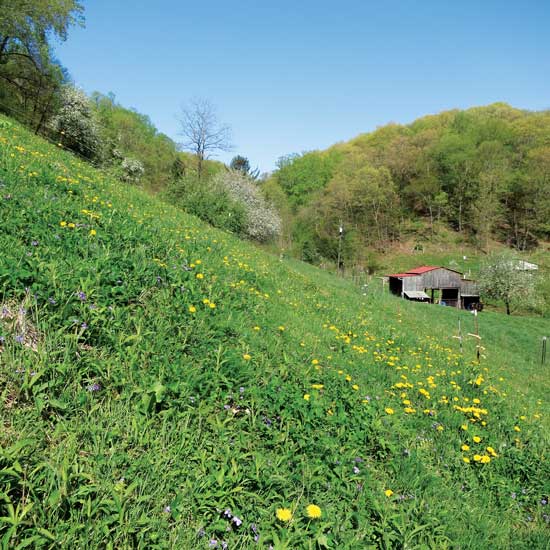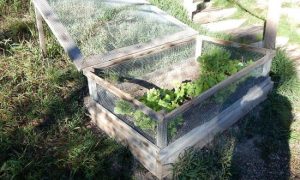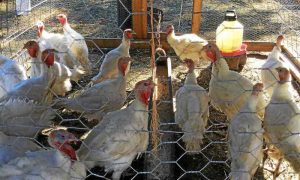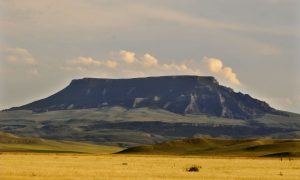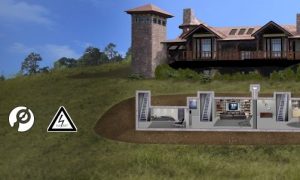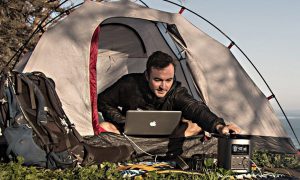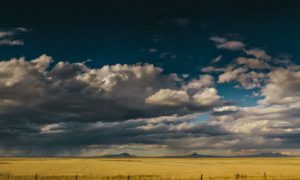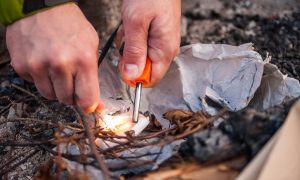
Many of us share the ideal of finding a place in the country where we can grow good, clean food in an environment of our choosing — a home, and perhaps a refuge in tumultuous times. A retreat. A haven. Despite the idyllic image, high land prices and an overall lack of affordable farms can make what should be an exciting bid for independence feel like brooding defeat. But what if we were to realize that little farms can be found in practically every locale, hidden from view and just waiting for a budding farmer to adopt them? And what if these small farms were among the most reasonably priced land out there?
It may sound too good to be true, but all land is, well, land, and most of it will grow something, however abused or neglected it’s been. When we realize this, our homestead possibilities suddenly widen. Modern homesteaders can partner with their own animals to take poor, neglected, or abused land and rebuild it into a fertile, regenerative ecosystem. Any place with dirt and water, ruminants, and a farmer to manage them can be a homestead.
A Discouraging Search for Land
We didn’t know this 20 years ago. Our purchase of a small plot, designated “not suitable for agriculture” by the state of Ohio, was less an act of hope than one of desperation. Even looking for a farm had been intimidating. Real estate agents seemed unwilling to respect our desire to stay under budget — something we felt was necessary to save money for farm improvements — and they insisted on showing us properties that were out of our price range. Depressing as this was, it gave us an idea of what was out there, as did searching the classifieds, where nice places commanded astronomical prices. Anything in our ballpark was postage-stamp small or completely vertical. All the good places seemed to be taken already.
We began cruising back roads, searching for anything that looked unloved. We waded through briar-infested yards to peer through broken windows and poke into spider-haunted barns. We read bulletin boards in area grocery stores and gas stations. Our image of a picture-perfect Old MacDonald farm began to give way to something not only more affordable, but also much more realistic. We simplified our expectations and eliminated barns, fences, and stock water systems from our “must have” list — those things could be improvised, after all — and searched instead for land that wasn’t completely inaccessible, and that had some kind of house.
Still, when we picked our way down a steep, overgrown track to see an $11,000 house and 17 acres offered through a terse ad in the local classifieds, we weren’t thinking, “This is it!”. The rocky hillside was covered in trash, trees, and briars. Although the small house was structurally sound, it had unhinged doors, broken windows, and dangling fixtures. It was far from the farm of our dreams, but it would get us out of the city. We figured we could fix it up and sell it later, making enough to afford a down payment on a real farm. Little did we know, the day we started hauling away trash and drove in a picket for the goat tether, we were already beginning to build a diverse ecosystem.
Marginal Land Worth Improving
Looking back, we were lucky in several ways. In addition to two small creeks that converged on the property, our steep land would help us move captured water from one point to another. Our east-west-oriented hollow would capture more sunlight on its south-facing side than we could’ve hoped for if the valley ran north to south. And the variations in slope and aspect also meant the land had many microclimates: warm, cool, wet, dry, sunny, and shaded, in many combinations. Finally, our nearest neighbors also had a little cleared land they weren’t using — too bare, steep, and rocky to be called a pasture — and which they were willing to lend to us.
Click here to view original web page at www.motherearthnews.com

